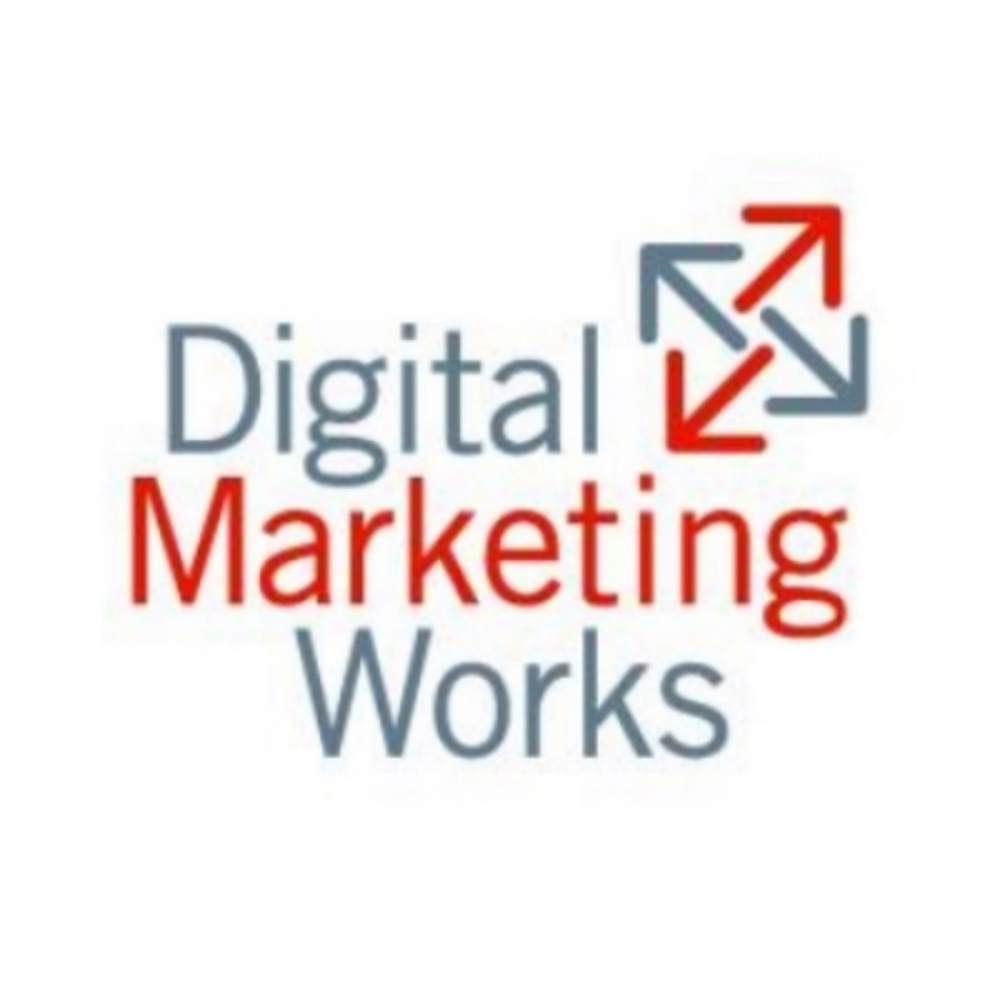Can User Reviews Account for Personal Definitions of "A Good Restaurant"?
/I love to eat. When I travel, I’m always looking for the best –whatever it might be—a given town, city, or culture has to offer. For most of my life, I’ve done this by asking people what they recommend. Like most of us, however, I increasingly rely on services like Yelp and Google Places. This is particularly easy to do on my Droid phone: when searching for food via the “Places” app, it even lets me sort the results by either distance or rating.
What I’m finding, though, is that places with great reviews or high average ratings can turn out to be disappointing if the overall playing field is weak to begin with (ie: is not in NYC). Example: What passes for “great pizza” in New Berlin, NY might be hard to stomach if you’ve been eating at places like Lombardi’s for the past decade. Even in Hoboken, my new home that’s 10 minutes from Manhattan, I’m finding that the majority of the restaurants with “great” reviews really aren’t that great at all.
What's going on here? User generated reviews are supposed to be the holy grail of objectivity. So why are these review platforms leading me to restaurants that I don't think are all that great?
Let’s start by setting realistic expectations for user generated reviews: The concepts of “good” and “bad”, especially with restaurants, are very relative. So the idea that I (or anyone, for that matter) should allow my dining decisions to be influenced by the unvetted opinions of the masses can become somewhat of a stretch. These platforms might bubble up “the best,” but not in any universal sense of the word, and certainly not by my own tastes (for better or worse). And I’m also starting to see that user reviews can tend to champion venues with broad appeal but little depth – kind of like what network TV has been serving up for generations.
The thing is, I’m not looking for the culinary version of “Two and a Half Men.” I want “Mad Men”. I want reviews that can calibrate against my tastes, standards, and expectations. What I want for dinner is a piece of the long tail. When I’m out of my comfort zone --when I try something new-- I would like to have at least some reliable guidance that a restaurant really is the best that Wichita has to offer. Instead, what I get from Yelp and Google Places are a lot of recommendations from people whose only point of reference is Wichita.
I don’t expect every town I visit to have world-class dining. This is not what today’s post is about. I’m simply looking for a way to tailor reviews to my personal standards so that I get more value out of them. If Papa John’s happens to be a best a town can offer, then so be it. As long as I know that I’m not missing out on something better, I’ll enjoy it. On the flip side, if I don't know anything about a local specialty (like frogs legs, for example), I'll be more than happy to rely on local opinion to guide me to the best.
I see the current state of reviews as a blunt tool. The content is there, but the value is limited because I can't put that content in the context of the reviewers themselves. In the near future, I hope to see features that filter or weight reviews so that users can get more value from them. In broad strokes, here’s where I believe the state of the art is heading:
- Give weight to reviews from people in my extended social network who I (or others in my network) have defined as restaurant / food savvy, or who “like restaurants that I like”.
- Give weight to reviews from people out of my social network but who “like restaurants that I like” or who like restaurants similar to what I like. Such people can be identified via reviews, Facebook Like buttons, FourSquare comments, GetGlue checkins (for food related content - but not actual restaurants), and more. (Ex tempore thought: GetGlue should enable check-ins for what you're cooking in your own kitchen)
- Give weight to acknowledged micro experts. These are the kinds of people whose reviews you can subscribe to via Yelp. They may or may not be professional reviewers/cooks/restaurateurs. They may or may not have a blog. Regardless, these “brands of one” have demonstrated a passion and an articulate set of opinions that resonate with me. We can see early instances of this with Google’s algorithms for weighting social media posts from Twitter and Facebook. I’d like to see something similar with the reviews in their Places pages.
What are your thoughts? Are you finding consistent value in reviews for restaurants? How about for hotels and services? Are reviews more or less helpful when you're away from home?

